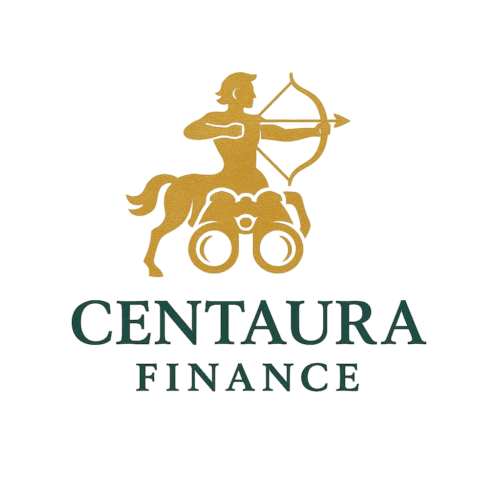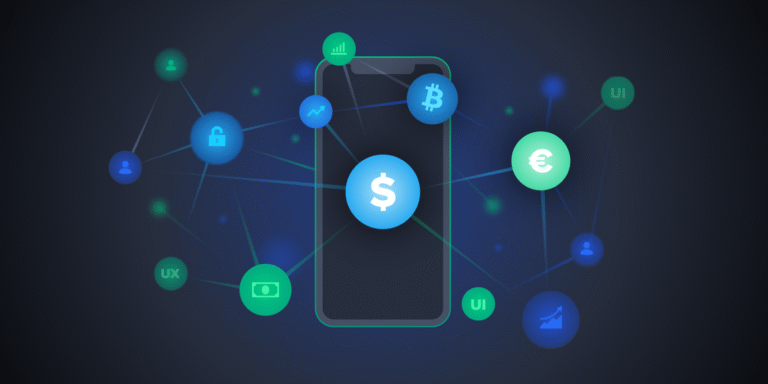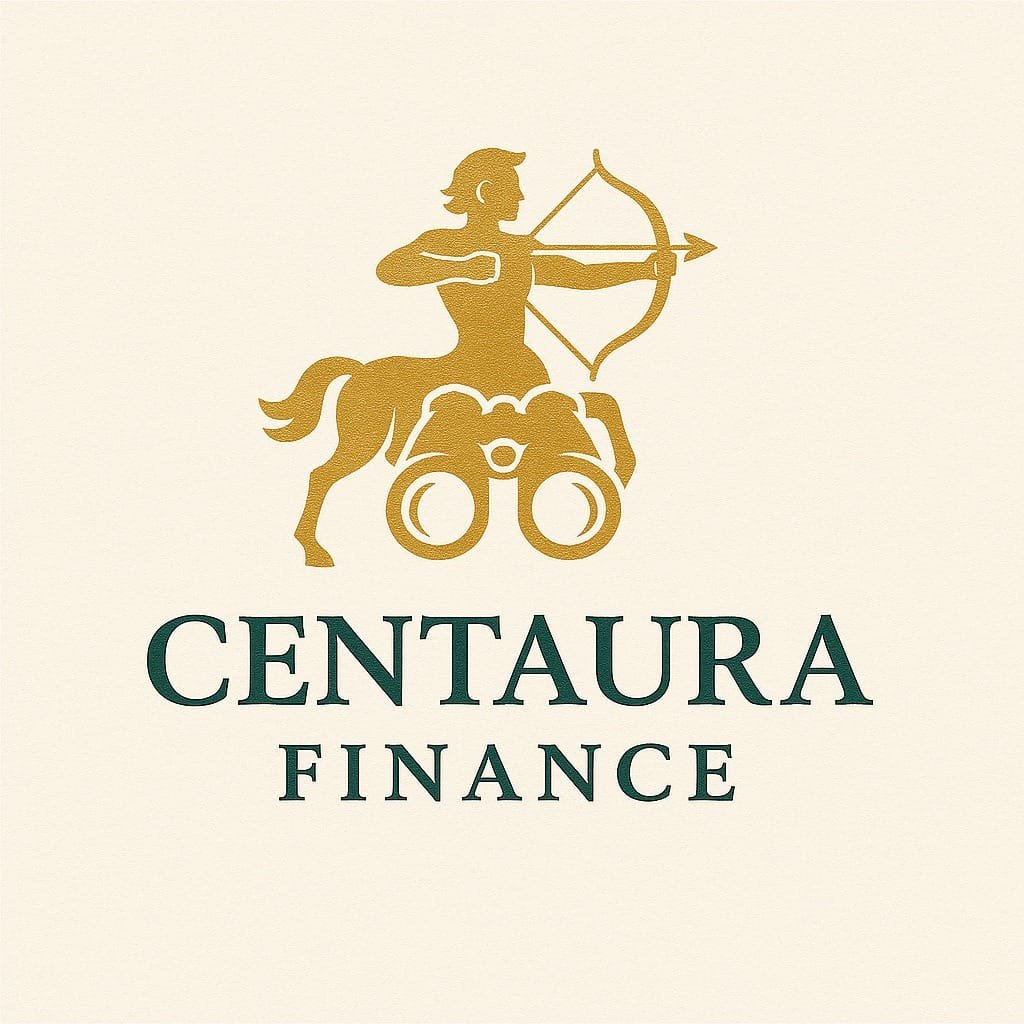Fintech’s New MVP Isn’t Just the Tech—It’s the User Experience
Once upon a time, banks were scary places with marble floors, confusing forms, and long lines. Today, we tap an app and transfer money, invest in crypto, or take out a microloan before we even finish our morning coffee. But here’s the tea: none of that happens without UX design.
Welcome to the age of Fintech, where UX (User Experience) design isn’t just decoration—it’s the superpower behind every successful fintech platform. Whether you’re building a neo-bank, a budgeting app, or the next decentralized finance (DeFi) platform, good UX design is what turns your idea into a movement.
What is UX Design, Really?
Let’s break it down for the newbies:
UX design is all about how users interact with a product. It’s not just how it looks—it’s how it feels to use. It answers questions like:
- Is this app easy to use?
- Can I find what I need without googling it?
- Does it make me feel smart (or at least not stupid)?
In fintech, where money is on the line (literally), these questions are everything.
Poor UX = Lost Trust, Lost Users, Lost Money
Imagine this: You download a new app to invest your spare change. You sign up, try to connect your bank account, and BAM—you hit an error. No explanation. No help. Just vibes. What do you do?
You bounce. You delete. You never look back.
That is the cost of bad UX.
Fintech users have zero tolerance for friction. If the experience doesn’t work seamlessly, they’ll leave faster than Elon Musk tweets something weird.
Why UX Design is Crucial for Fintech Success
Trust Is the Currency of Fintech
Fintech platforms handle money, which means trust is non-negotiable. A clean, intuitive interface signals professionalism. A glitchy, confusing layout? That’s a red flag.
UX design helps build trust by:
- Making interactions transparent
- Offering instant feedback (yes, your payment went through)
- Using language that’s clear, not “bankerese.”
Bad UX in fintech is like giving someone a million dollars in a trash bag. It’s still money, but… ew.
Accessibility = Inclusivity = Growth
A good fintech product isn’t just for tech bros and finance nerds. UX design helps open financial tools to:
- Seniors
- Gen Zers
- People in underserved regions
Inclusive design elements—like larger fonts, intuitive icons, and multilingual support—expand your reach and impact.
Retention > Acquisition
Getting someone to download your app is easy. Keeping them there? That’s the hard part. UX design reduces churn by:
- Making onboarding smooth AF
- Gamifying financial literacy
- Personalizing the experience
80% of users delete an app within 3 days if the UX sucks. UX = stickiness.
Key Elements of Fintech UX Design
Simplicity and Clarity
When people are managing money, they want to feel in control. UX design should:
- Use plain language
- Limit on-screen clutter
- Prioritize what matters
Seamless Navigation
Fintech apps often do a LOT. A solid UX design ensures users can:
- Navigate with a single thumb
- Always know where they are
- Return to the home screen easily
Security That Feels Safe (Not Scary)
People want security. They don’t want to feel like digital TSA is frisking them.
- Biometric login
- 2FA with a friendly copy
- Visible security badges and trust signals
Clear Data Visualization
Money is math, but math doesn’t have to be ugly.
- Use graphs and infographics
- Animate growth and progress
- Color-code for clarity
Micro-Interactions & Delightful Moments
These are the little details that make users go, “Whoa, that’s cool.”
- Confetti when a savings goal is hit
- Friendly chatbot experiences
- Smooth transitions and animations
Case Studies: Fintechs Who Nailed UX
Cash App
- Minimalist, elegant interface
- Lightning-fast transactions
- Friendly tone
Revolut
- Beautiful dashboards
- Fun budgeting tools
- Easy crypto integration
Chime
- Clear onboarding for the underbanked
- Early payday feature
- No-jargon policies
These apps grew because they felt good to use.
UX in Fintech = Tech + Empathy + Psychology
UX design is part science, part psychology, and part vibes.
It’s about:
- Understanding how people feel about money
- Designing for financial anxiety
- Making users feel smart, secure, and empowered
The goal? Build an app that says, “You got this.”
Pro UX Tips for Fintech Startups
Prototype. Test. Repeat.
Don’t assume you know what works. Test early. Use tools like Figma or Hotjar.
Design Mobile-First
Everyone’s on their phone. Prioritize mobile UX.
Speak Human
Replace jargon with plain, friendly language.
Use Empathy Maps
Design based on real user pain points.
Accessibility Is Not Optional
High contrast, alt text, and screen reader compatibility are a must.
The Future of UX in Fintech
AI-Powered Personalization
Apps will adapt to your financial habits and goals.
Modular UX
Users will customize their own dashboards.
Voice- and Gesture-Based UX
“Hey app, move $100 to savings and buy Bitcoin.”
Hyperlocal + Global
Designs that work in Lagos, London, and Lahore.
Wrapping It Up: UX is Your Fintech Brand
In fintech, UX isn’t the frosting. It’s the cake.
It’s what:
- Turns first-time users into loyal customers
- Makes money management feel empowering
- Gives your app viral potential
So, whether you’re building a Web3 wallet or a budgeting app for boomers, remember:
UX design isn’t just important—it is your product.
TL;DR for the Skimmers
| UX Factor | Why It Matters |
| Simplicity | Makes fintech feel less like calculus |
| Trust Signals | Builds confidence in your product |
| Mobile-First | Because everyone’s on their phone |
| Accessibility | More users = more success |
| Delightful UX | Keeps people coming back for more |
UX Isn’t a Department, It’s a Mindset
If you’re a fintech founder, UX should be your co-founder.
If you’re a designer, you’re not just designing screens—you’re designing financial futures.
So stop thinking like a banker and start thinking like a user.
UX is where fintech wins hearts. And wallets.


